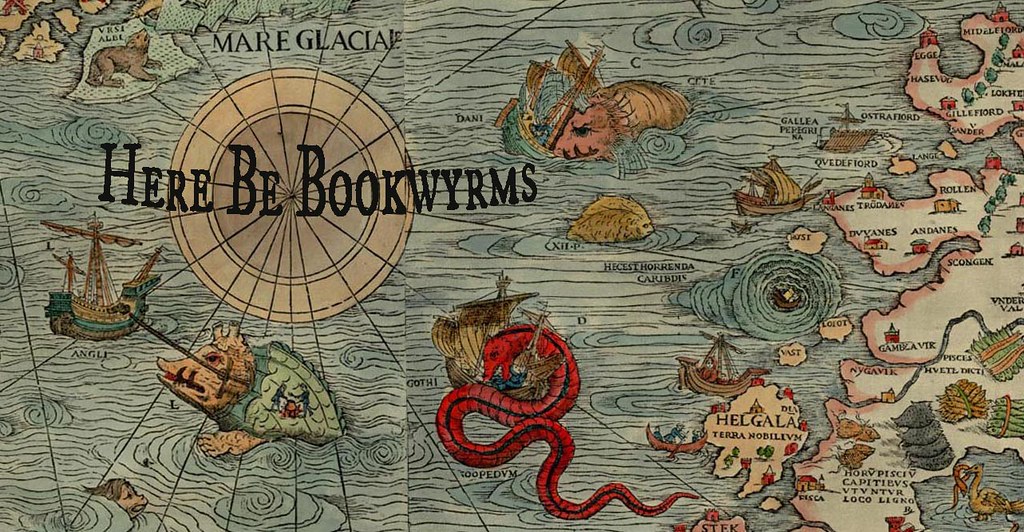Pavel Kostin's It's Time is a somewhat philosophical novel set in contemporary urban Russia. Max is a young man working as a night watchman who doesn't do much besides work and hang out around the city with his friends, a small group of street artists. At the book's opening, Max is sitting on the edge of the roof on a tall building - there seems to be a sort of panic below him on the street, but Max is rather calm. He isn't up on the roof alone, either; a strange and beautiful young woman who calls herself "Lady F" appears near him and they chat. After this, she shows up throughout the story at the most random moments. Mysterious and a little cryptic. Max and his friends contemplate life, the future, and art, and Max tags along as his friends tag the walls of the city. Every blank wall is a potential canvas, and the city is their gallery.
This might sound so far like some kind of pretentious hipster philosophy, a beatnik novel for this generation. When I read the synopsis on LibraryThing (I received the book through their Early Reviewers program), I kind of expected some sort of modern day Russian La Bohème. That isn't quite what I got, though. Honestly, the very beginning was a bit slow. Boring, almost. It took me a little while before I really got into it.
And then things get more and more weird, and the rest of the book had me questioning at every turn whether what was happening was real or whether Max was hallucinating. Lady F keeps showing up and the questions just pile on until at a certain point, I couldn't put the book down until I'd finished it and found out what in the heck was going on. Things ended up getting very strange, yes, but also rather interesting. Much like with Julie Cross's Tempest, I'm unsure just how much I can even say without ruining some twist in Max's story. The philosophical discussions and comments in the book are worth considering as well; some of them are quite poignant, sometimes so much so that they made me stop and really think for a moment, not about the story exactly, but about what was just said and how it does or does not seem to really apply to my own life and my own experience.
Once I got past the slow opening, the only really negative things I would have to say about It's Time would be the way the novel feels so disjointed - don't get me wrong, though; based on the events and Max's experiences, the somewhat unsettling feeling I had from the way the story jumps around seems to be intentional. If it is, then well done, because I feel like it helped set an appropriate mood to connect more with the characters and the goings-on. The other thing I wasn't fussed on, though, was the sort of stilted language. I will admit, though, that I am not familiar with how 20-somethings in Russia speak, so maybe the dialogue is more genuine than it feels. Maybe something in the tone or phrasing was lost in translation. Regardless...for the most part, I had a very hard time imagining real people wording things the way Kostin's characters tend to.
One thing I thought was very unique about It's Time is the simple illustrations peppered throughout the text; I assume these are all meant to be examples of Max's friends' artwork, or maybe even just examples of what kinds of images are out there in the streets. Either way, I enjoyed seeing them and it makes the book stand out to me.
If you are looking for something a little off-beat and don't mind a slower start to a book, or even if you're just looking for something that's more under the radar, I'd recommend giving this one a go. It's definitely not a novel for everyone, though. It's marketed as a kind of urban romance, but it feels more like Romanticism romance than any kind of lovey dovey type of romance.
ISBN:
9781907832185
ASIN:
B007L88GNW
Publisher:
Urban Romantics
See what others are saying about it, or buy it now:
Amazon
Better World Books
ASIN:
B007L88GNW
Publisher:
Urban Romantics
See what others are saying about it, or buy it now:
Amazon
Better World Books



شركة غسيل مكيفات بالدمام
ReplyDeleteشركة تنظيف الموكيفات بالدمام
Heello mate nice blog
ReplyDelete